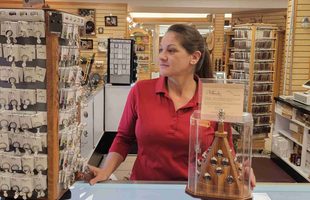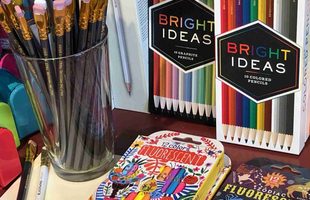With the U.S. Bureau of Labor Statistics predicting that STEM jobs will increase to more than 9 million by 2022, parents are increasingly looking for innovative ways to expose their kids to science- and math-based subjects. And while most know that the popular STEM acronym stands for science, technology, engineering, and math (with the recent inclusion of “arts,” it’s known as STEAM), there has been a lot of confusion about the true meaning of these concepts and how they can be taught to children through toys and play.
The Toy Association has released a brand-new report, “Decoding STEM/STEAM,” to help tackle the challenges, stigmas, and myths related to STEM/STEAM learning. Assembled and reviewed by a committee of experts in STEAM fields, the report aims to shed light on the meaning and history of STEM/STEAM, eradicate common myths and misconceptions, define the role of toys and play in STEM and STEAM education, and help parents better guide their children’s learning.
The report explores how role models, stereotypes, and parental attitudes and anxieties about math and other STEM topics can influence a child’s desire and motivation to learn. It also dives into the important role played by the arts in empowering solutions to scientific problems (underscoring the value of ‘art’ in the STEAM acronym) and the top 10 ways that toys can teach.
The full “Decoding STEM/STEAM” report is now available at ToyAssociation.org.
SOURCE: The Toy Association


